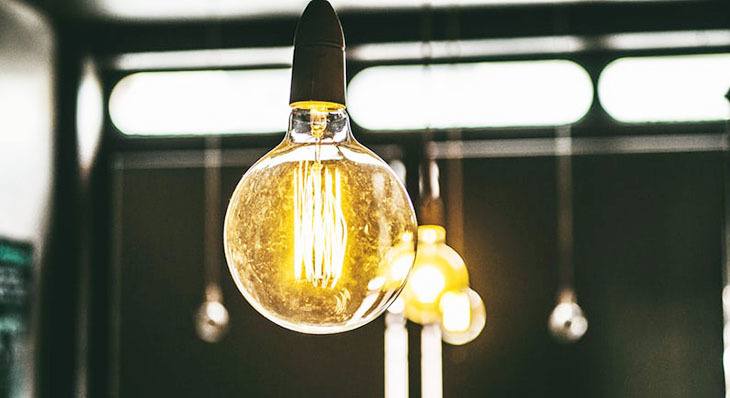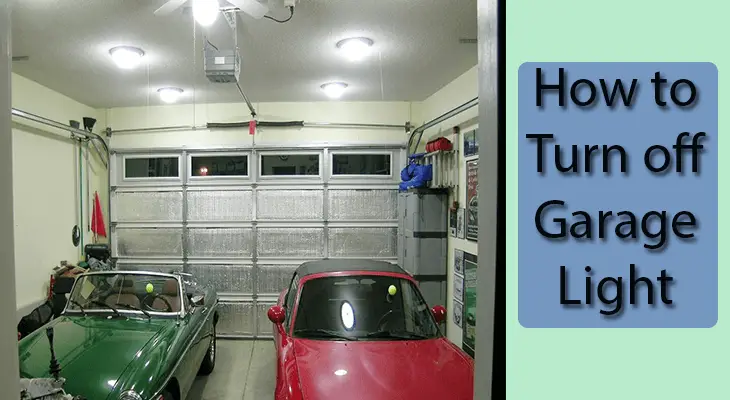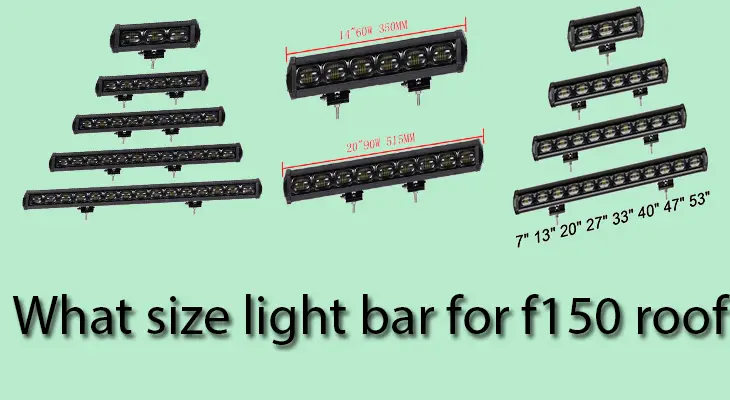Have you ever wondered what gases are inside light bulbs? Or how they work to produce light? In this blog post, I will be discussing the different types of gases used in light bulbs and how they work to produce light.
The gases used in light bulbs are called inert gases. These gases can be either compounds or elements, and they are called inert gases because they are incredibly resistant to chemical reactions. Owing to their stability, they do not allow the filament to combust in a light bulb.
The usage of these gases is different in every type of bulb.
Table of Contents

Types of Gases Used in Bulbs
1. Incandescent bulbs gases
These are low-watt bulbs, which are either a vacuum or an Argon/Nitrogen mixture. A vacuum is used in bulbs with watts between 10W and 25W, while bulbs with 40W and above use a mix of Argon and Nitrogen. The inner coat of the bulb is lead reacts and absorbs any trace of oxidizing or corrosive gasses.
The incandescent bulb is deliberately used to produce heat. Some of its applications include egg incubators, reptile tank lighting, lava lamps, easy bake ovens, and industrial drying processes. These bulbs provide up to 1,000 hours of light and have a short lifespan when compared with other bulbs.
The bulbs are affected by water vapor, which causes the blackening of the inner surface of the lamp, the water vapor reacts with the Tungsten filament resulting in a black oxide that settles on the glass causing a reduction in the light emitted.
2. Halogen bulbs gases
These are variations of incandescent bulbs, and as the name suggests, these bulbs contain a small amount of Halogen-containing either methyl Bromide or methylene Bromine and Argon. The combination of Halogen and the tungsten filament produces a chemical reaction known as the Halogen cycle.
The reaction redeposits the evaporated tungsten to the filament, thereby increasing its useful life and its clarity.
These bulbs burn at a higher temperature and are inefficient. However, they produce a higher visible light. The small size of the bulbs enables them to be used in compact optical equipment such as projectors and under cabinet lighting.
However, when changing these types of bulbs do not use your bare hands, it will cause the bulb to explode due to the creation of a condition where the bulb warms too quickly when turned on.
3. Gases used in compact fluorescent bulbs
These bulbs use Argon, and in exceptional cases, Neon is used to create signage. They consume a quarter of the energy used by incandescent bulbs and last 10 times longer. Unlike the older version of fluorescent bulbs, they are quiet and have warmer light tones.
The bulbs cost 3 or 4 times more than incandescent bulbs but in the long run, are far more cost-effective.
These bulbs will flash every few seconds after turning them off. Small currents are passing through the switch to cause this phenomenon. Due to the presence of Mercury in these bulbs, they require safe disposal or recycling when they burn out.
Also Read: How to Remove Light Fixture Cover with Clips and How to Install Fluorescent Light Fixture in Garage
4. Gases For LED bulbs
LED means ‘Light Emitting Diodes’ which have filaments that use Helium gas, which conducts heat very well, allowing them to stay cool. It also produces more illumination per watt and makes the bulb very cost-efficient. They have a useful life of up to 30,000 hours whereas fluorescent bulbs give up to 7,000 hours.
They are available in different types of colors but are more expensive than the other types of bulbs. However, these bulbs may not work with dimmers and will flicker when connected to a DC (Direct current) power supply. These flickers may cause headaches or eye strains when exposed to them for a long.
The life span of the bulb also drops when used in high temperatures and research suggests LED lights attract 48% more insects when compared to Halogen lamps.
So, which gas is filled in LED bulbs?
LED bulbs are filled with inert gases (Helium, Nitrogen, Neon, Krypton, Argon, and Xenon). Inert gases do not react with other elements. This makes the gases ideal for filling LED bulbs, as they don’t cause the bulb to degrade over time. The inert gas used depends on the type of LED bulb. For instance, Argon is typically used in LEDs that emit blue light.
5. Xenon Arc Lamps
These lamps were trendy in the early 20th century before incandescent lamps took over the lighting market. The bulbs were present in equipment where high-intensity light was needed, such as movie projectors and searchlights. High-pressure Xenon gas was used to produce a high-intensity white light that closely resembles natural sunlight.
These lamps could offer up to 500 hours of use, and they operated in a low-voltage, high-current environment. Therefore, because of the high power levels used, large lamps were water-cooled. Today, most movie theatres use xenon arc lamps to run their projectors.
Xenon Arc Lamp Classifications
Most bulbs use gases classified in the chemical periodic table under group O elements, typical examples include, Helium, Argon, Neon, and Krypton.
They are known for producing different colors of light and their low reactivity.
Different gases produce different colors, for example, Hydrogen produces a red color, Helium produces a yellow color, Neon produces an orange color and Mercury gas burns blue.
Why Noble Gases Are Mostly Used in Bulb?
In the periodic table, noble gases are in Group 0, and in this group, there are 6 gases. Helium, Neon, Argon, Krypton, Xenon and Radon. They have the highest ionization energy, highest electron affinity, and lowest electronegativity of all the elements. Noble gases don’t react with other elements.
As we discussed above in our types of gases used in bulbs sections about 5 different types of bulbs gases. You can see the novel gases means helium, neon, argon, and krypton are used. They are used in decorative gas discharge lighting, called “neon” lights. Argon is also used to fill light bulbs, in order to inhibit the evaporation of the tungsten filaments and thus increase bulb life. Lastly, xenon is used in flashlights.
The noble gases are mostly used in bulbs to prevent corrosion and damage from electrical discharges in environments where these would otherwise occur if the environments were filled with air.
Conclusion
It is our hope that you’ve found this guide to the different types of gases used in bulbs helpful. Most importantly, we hope that the guide will lead you into making an informed choice going forward.

Here, I provide valuable insights into the lighting industry, drawing from 12 years of experience. My aim is to share useful and practical tips, life hacks, and comprehensive product reviews. I hope that collective expertise, advice, and recommendations prove beneficial to you.





Very informative.
Helped with a chemistry project thank you so much